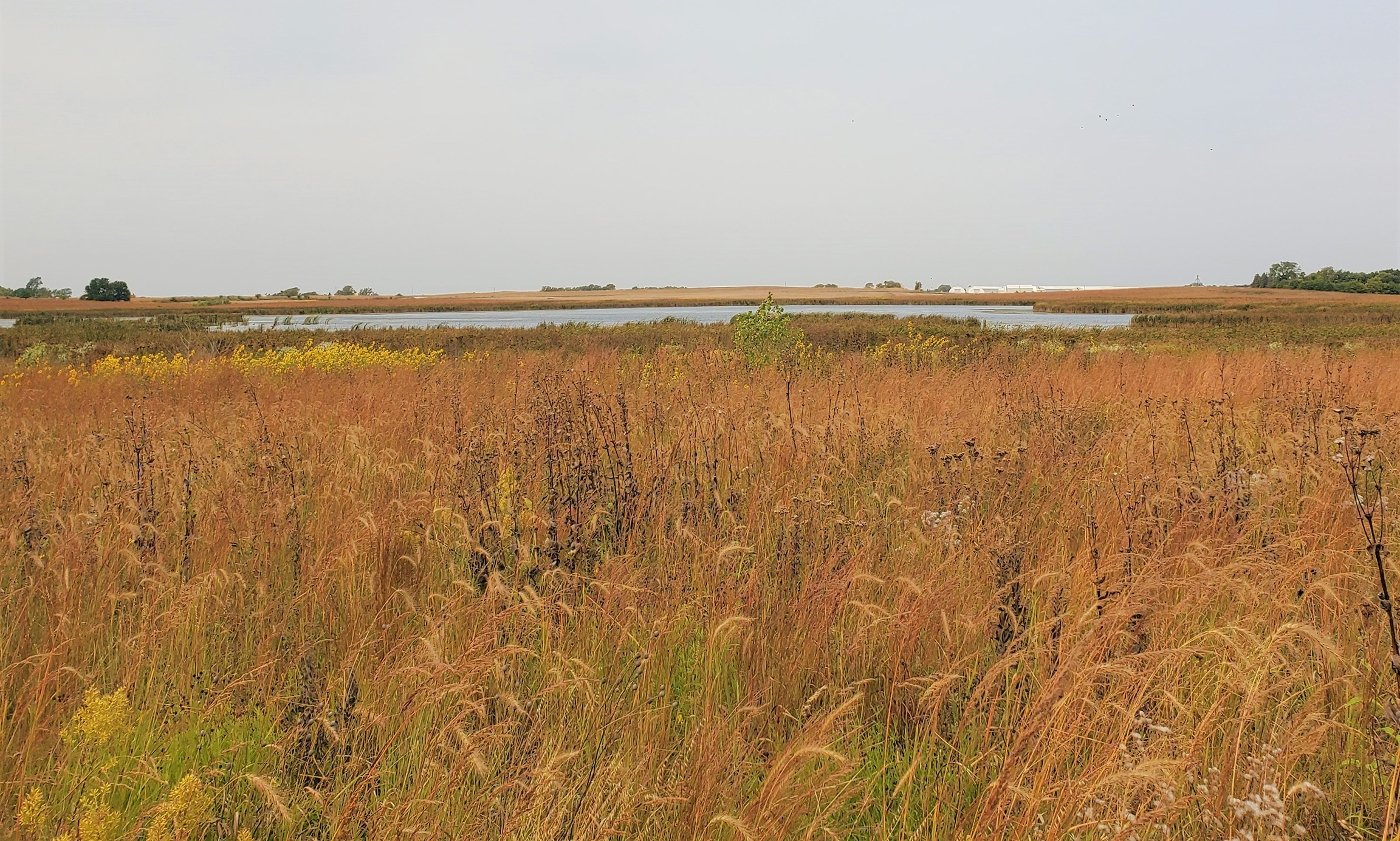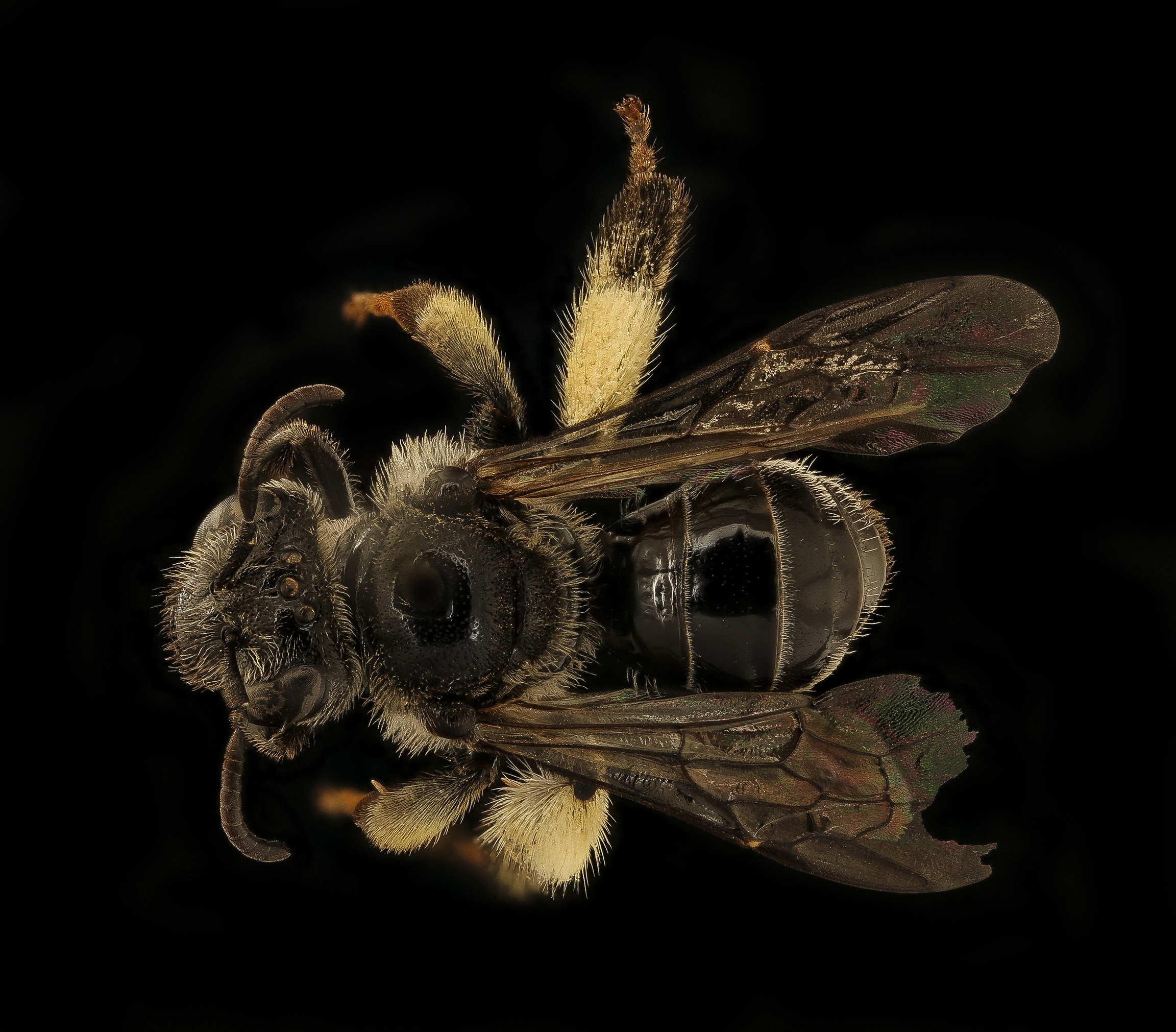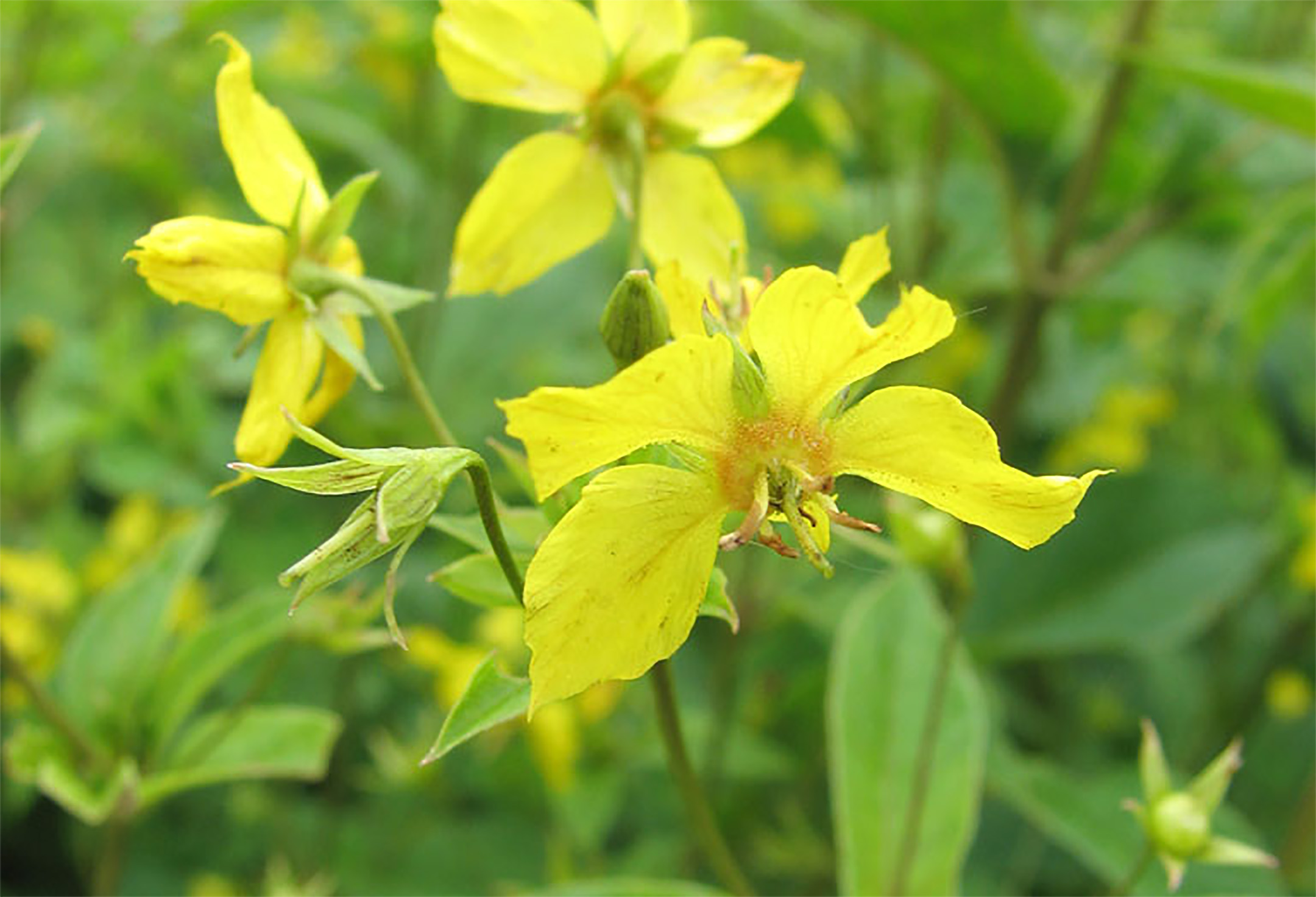With a wide array of flora and fauna species, including both aquatic and terrestrial life, wetlands are capable of being just as diverse as the tropical rainforest and coral reefs. Wetlands can be defined as an area with a presence of water, hydric soils, and hydric plants, but within that is great variation. They may be saturated or covered with water, may permanently hold water or be only seasonally wet, and can span a broad range of salinity, vegetation, soils, topography, and water chemistry.
The United States has a wide diversity of wetland ecosystems—flooded swamps, wet prairies, fens and seeps, bogs, saltwater marshes, bayous, mangrove swamps, flood plains, and more. Wetlands provide us with countless ecosystem services such as flood mitigation, water infiltration, erosion control, recreation, and wildlife habitat. Despite these valuable services, wetlands are at risk everywhere. It is estimated we have lost 54–57% of wetland ecosystems worldwide (although it might be as high as 87% for the loss of natural wetlands since the 1700s). Wetlands face a variety of threats including drainage for agricultural production or urban development, invasion by exotic species, channelization, and climate change.

A restored wetland in the Prairie Pothole region supporting a diverse plant community. Sites such as this one in Iowa provide important opportunities to bring habitat into agricultural regions. (Photo: Xerces Society / Sarah Nizzi.)
Waterfowl, shorebirds, and fish may be what first comes to mind when you think about wildlife in wetland ecosystems. These areas, however, can also be critical pollinator habitat. Pollinators are facing a barrage of threats like habitat loss, pesticide exposure, and climate change, and preserving and managing existing wetlands, in addition to restoring degraded or lost areas, will provide important habitat for pollinators. Many flowering plants pollinators rely on can be found in wetland ecosystems. Some flowering plants like irises, pickerel weed, and bladderworts are able to tolerate some degree of standing water. Other native plants flourish in transitional zones and/or uplands associated with wetlands. Flowering species like mountain mints, asters, and sunflowers are genera with many species that thrive in moist conditions. To identify wetland plants for your region, you can use the wetland search function on USDA PLANTS website or explore the information found on the U.S. Army Corps of Engineers National Wetland Plant List website. Focusing on native flowering plants as well as native grasses, rushes, and sedges for your region will best serve pollinators on your wetland.

The nude yellow loosestrife bee (Macropis nuda) forages only on a single type of flower, fringed loosestrife, to supply its nests. Unusually, it collects floral oils rather than nectar. The dense hairs on its legs and under its abdomen are an adaptation for carrying these. (Photo: USGS Bee inventory and Monitoring Lab.)
Research gaps connecting pollinators and their use of wetlands do exist, but there are some fascinating relationships between wetland plants and pollinators we do know about! Take that of a native bee known as the nude yellow loosestrife bee (Macropis nuda) and fringed loosestrife (Lysimachia ciliata), a native plant often found in wetlands across much of the U.S.—and the only plant on which the bee forages to supply its nest. Fringed loosestrife secretes floral oils instead of nectar and female nude yellow loosestrife bees have uniquely adapted structures to collect these oils which are used to line their nest walls and also mixed with fringed loosestrife pollen to feed their larvae. These bee larvae can only eat the pollen and oils of this native plant species. Indeed, all bees in the genus Macropis rely on an oil-producing Lysimachia (loosestrife) species. To maintain these incredible relationships, not only do we need to protect and restore wetlands, but manage them to create the conditions necessary to support their many inhabitants and visitors.

Fringed loosestrife (Lysimachia ciliata) is one of a small number of plants that produces floral oils instead of nectar. Bees with specially adapted patches of hairs collect these oils, the basis of a unique plant–pollinator relationship that would be broken if wetlands are lost. (Photo: Prairie Moon Nursery.)
Management is key to the success of many ecosystems in our disturbed landscapes, including wetlands. There are many ways to manage wetlands with pollinators in mind. Prescribed fire, grazing, mowing, shredding, and disking are all common vegetative management strategies. Disturbing no more than one third of the habitat each year (or at any given time, if annual disturbance is necessary) provides a place—a refugia—for pollinator populations to thrive even if management activities disturb or destroy nearby habitat. These protected populations can then recolonize the disturbed area.
Wetlands can be a habitat oasis amongst vast agricultural production in many parts of the country. Pesticide exposure, particularly neonicotinoids (usually shortened to “neonics”) exposure, is a threat to pollinators and other beneficial insect populations. Neonics are an extensively used group of pesticides in agricultural settings. They are water soluble, long lasting, and can be detrimental to wetland ecosystems. Common practices used to mitigate neonic exposure include spray setbacks, ground application buffers, and non-flowering vegetative buffers.
Across the country, state and federal agencies, nonprofits, and private entities have been working hard in recent years to enhance and bring back wetlands to our landscape. This will benefit a broad array of wildlife, but is often done with pollinators and native plants in mind. Additionally, the USDA’s Natural Resource Conservation Service (NRCS) and Farm Service Agency (FSA) offer programs to producers and ranchers who may be interested in implementing wetland and other wildlife habitat. Contact your local USDA Service Center to ask about opportunities.
Further Reading
For additional details on how wetlands can support pollinators watch the recording of a webinar, Wetlands and Pollinators: How Water Quality Practices can Benefit Pollinators, presented by the authors.
Find plants suitable for wetlands at the National Wetland Plant List (hosted by the U.S. Army Corp of Engineers)
The Agricultural Conservation Easement Program, run by the USAD Natural Resources Conservation Service, includes support for protecting and restoring wetlands through the wetland reserve easement initiative.
For more information about pollinators and what you can do, check out Xerces’ Pollinator Conservation Resource Center.





